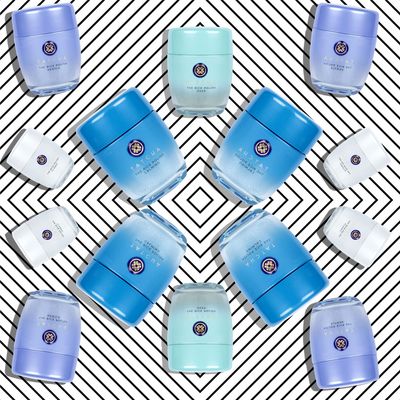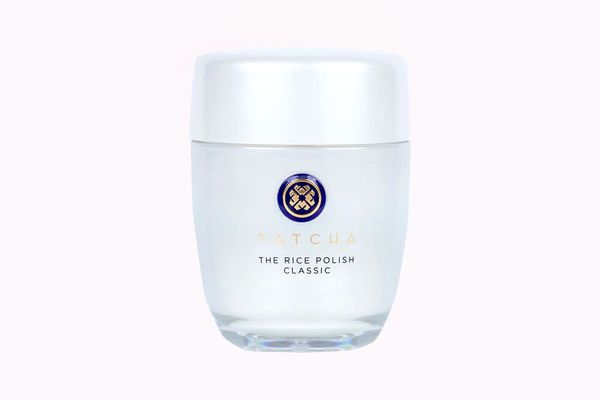
Excellent news for anyone trying to replicate Meghan Markle’s glow: The Duchess’s favorite exfoliant, Tatcha’s cult-classic Rice Enzyme Powder (the exfoliant formerly known as Rice Polish), recently got a makeover that somehow makes it better than it was before.
Just last month, all four rice bran–based formulations from the original lineup (Classic, Deep, Gentle, and Calming) were updated to create an even gentler exfoliating experience. It’s hard to unlearn scrubbing, scraping, and burning impurities off our faces in the name of exfoliation, but the new Rice Powder is the perfect place to start: Upon contact with water, the now finer powder transforms into a heavenly cloud of foam while enzymes do all the exfoliating — that’s right, Tatcha officially has a “no scrubs” policy (cue up TLC). The end result is a soft but extremely effective skin-care step that’s true to J-beauty and the Tatcha brand.
The Cut reached out to Tatcha founder Vicky Tsai to hear more about the new formulation, what sparked the change, and have her settle once and for all how much we need to care about the pH in our skin-care routines.
What is different, formulation-wise about the new Rice Polish?
We updated the formula to include our newly improved Hadasei-3 Complex, a fermented trio of rice, green tea, and algae that boosts its anti-aging properties. The powder is now even more finely ground, like matcha powder, so that it instantly turns into a creamy foam on contact with water. Lastly, there is a new amino acid–based cleansing system, which is pH neutral.
Is the pH different? Why did you decide to change to a different pH formula?
The pH of the original formula was slightly basic, as are almost all cleansers. We didn’t set out to change the pH, but the new amino acid–based cleansing system is so gentle and good for the skin that we wanted to include it; it also just happened to be pH neutral.
What difference, if any, will consumers notice in the formula?
We noticed that some clients were using the old formula as a scrub. In the U.S., we are so accustomed to scrubbing our faces with nut husks and grains, leaving the skin almost raw afterward. Japanese beauty or J-beauty is based on gentle strength — beautiful results without ever burning, tearing, or pulling the skin. When using the new formula, you’ll notice it turns into a creamy foam instantly.
The smooth, foamy texture might not feel like an exfoliant you are used to, but it’s hard at work: enzymes effortlessly remove dead skin cells without any scrubbing. The new formula will also leave skin even softer thanks to the amino acid–based cleansing system. We did a consumer use study of The Rice Polish and found that after two weeks of use, 90 percent of women agreed that the texture of their skin felt smoother and softer.
Reddit skin-care obsessives care a lot about pH of their skin care. In your opinion, does it “matter”?
Clients are becoming more aware of their skin and the formulas they are using, which is wonderful — the more informed clients are, the better off everyone is. pH is important for any leave-on products (serums, moisturizers, etc.) because it impacts the skin’s health and natural barrier function.
When it comes to rinse-off products, like soap and cleanser, the formulas are generally slightly basic — it’s a function of how the cleansing systems typically work. Since these formulas are only on the skin for a few seconds before rinsing off, pH is not a concern in the same way as a leave-on product. Acids and acid peels with a low pH are the biggest concern, as they can essentially burn the skin. All of our leave-on formulas are pH neutral and now our cleansers are as well.
Are low pH formulas better?
Skin is naturally slightly acidic, ranging from 4.5–6.5 (7 is neutral). Your skin is also a self-regulating organ, so the exact pH of your skin can vary hour by hour. There isn’t a hard-and-fast rule about formulas, but generally speaking, you want leave-on products to fall within the range of skin pH. Avoid extremes on either side; the formulas most likely to fall out of that range are strong acid-based treatments, so you want to be sure you aren’t using anything too extreme.
If you buy something through our links, New York may earn an affiliate commission.


